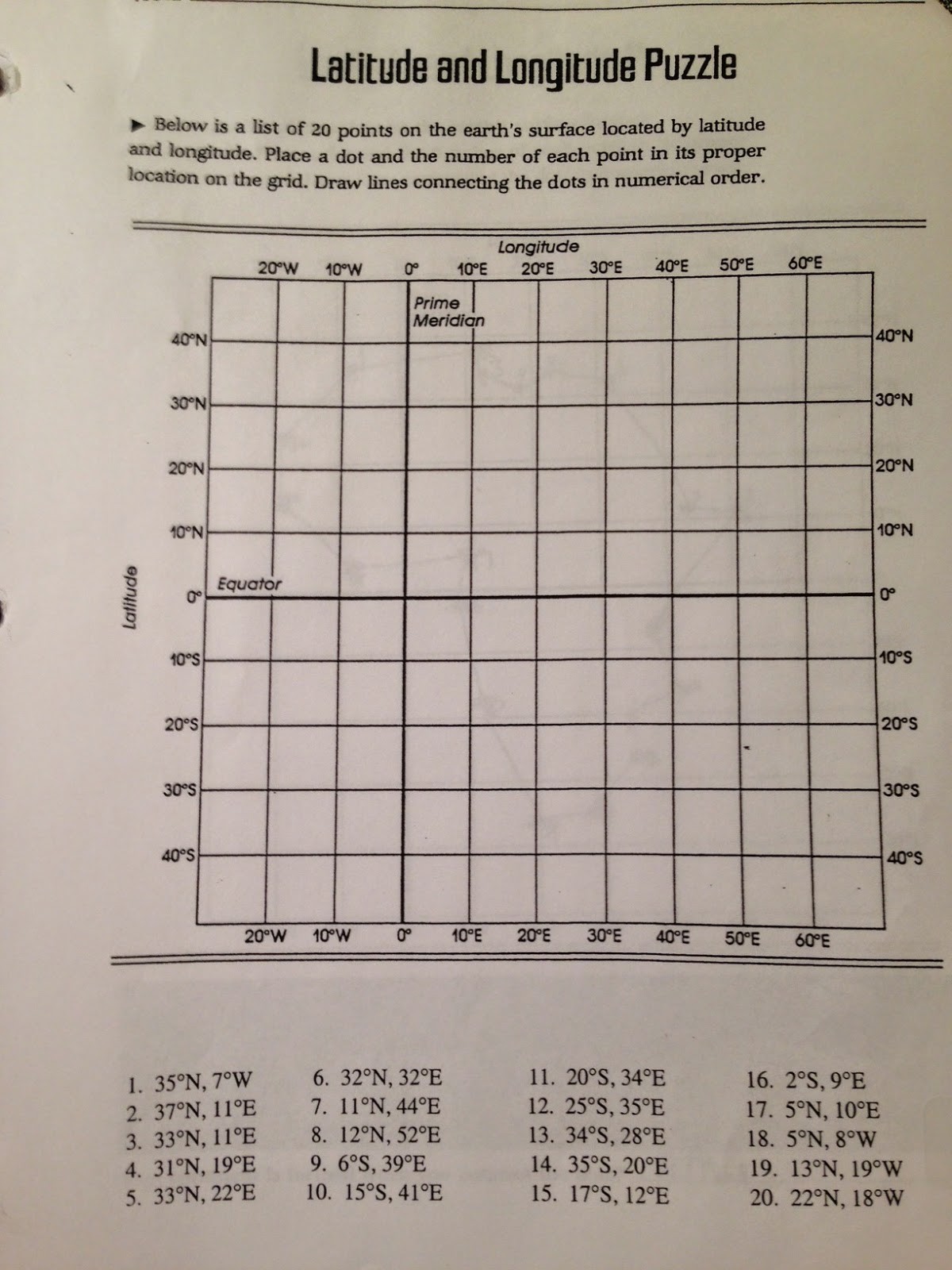- I can record information about ancient civilizations.
- I can make comparisons between the 4 main ancient river civilizations to see how they are similar and how they are different
- I can name and locate the 4 main ancient river civilizations on a world map.
The 4 Main Ancient River Civilizations
1. _________________________
2. _________________________
3. _________________________
4. _________________________
1. Mesopotamia
2. Egypt
3. Indus Valley
4. China




















